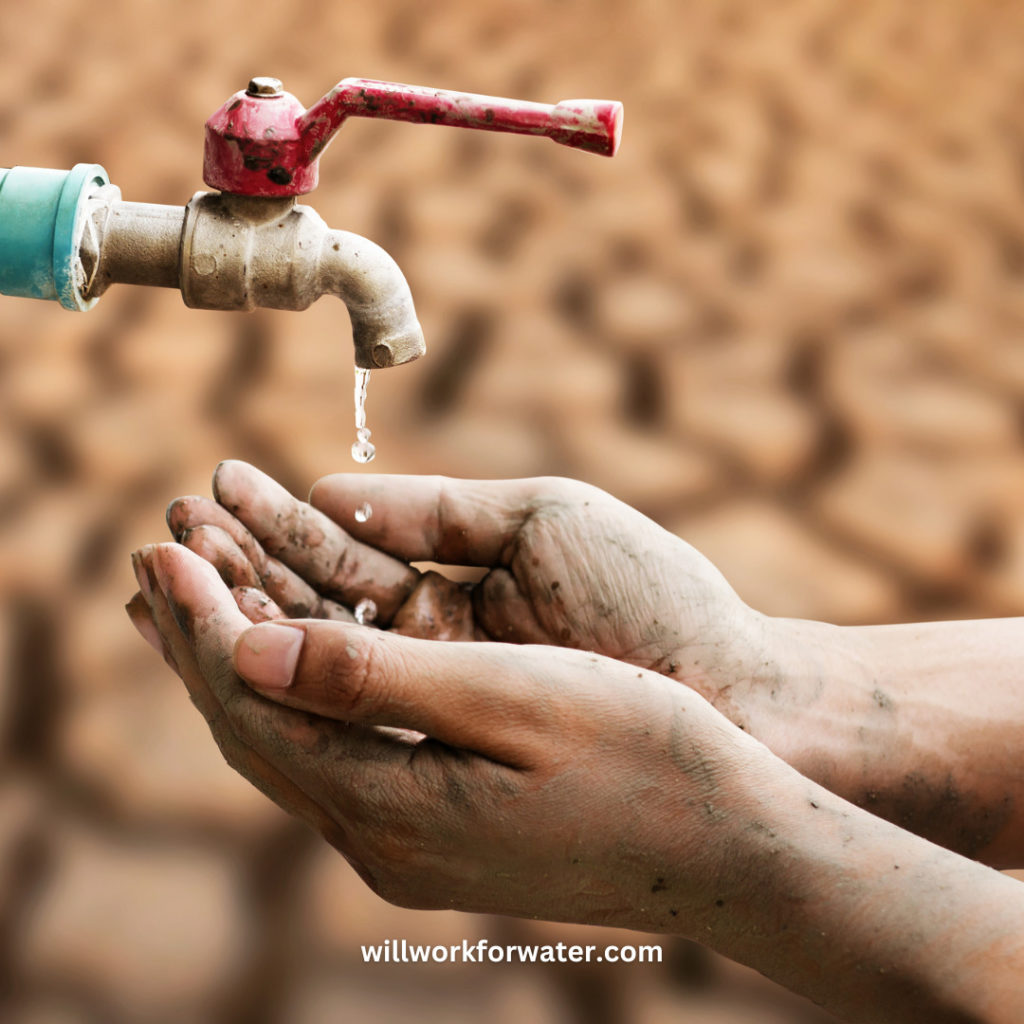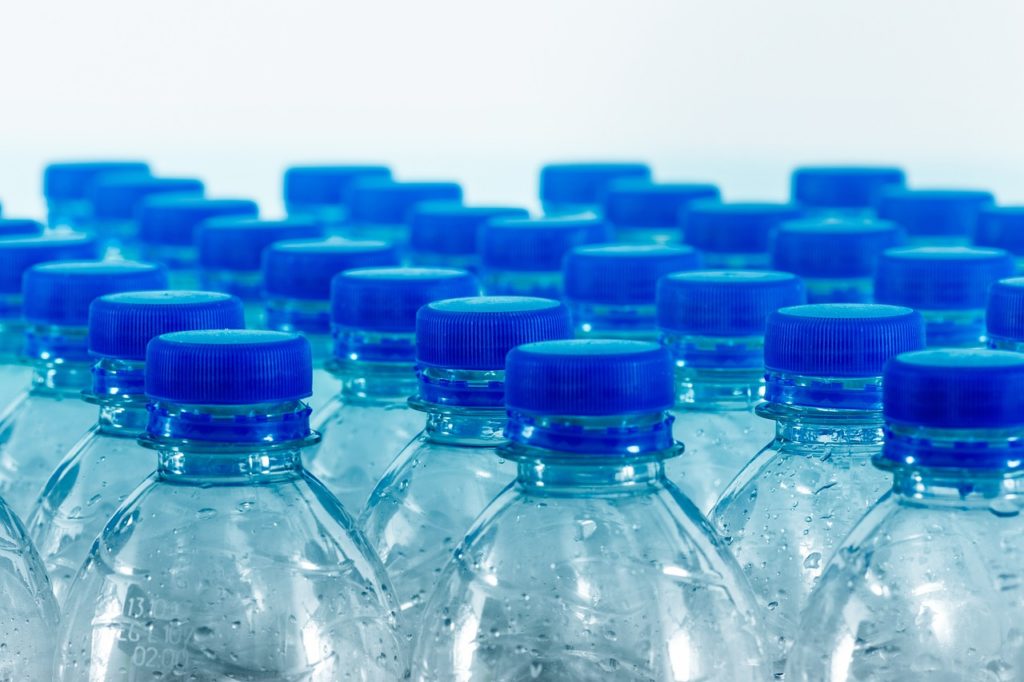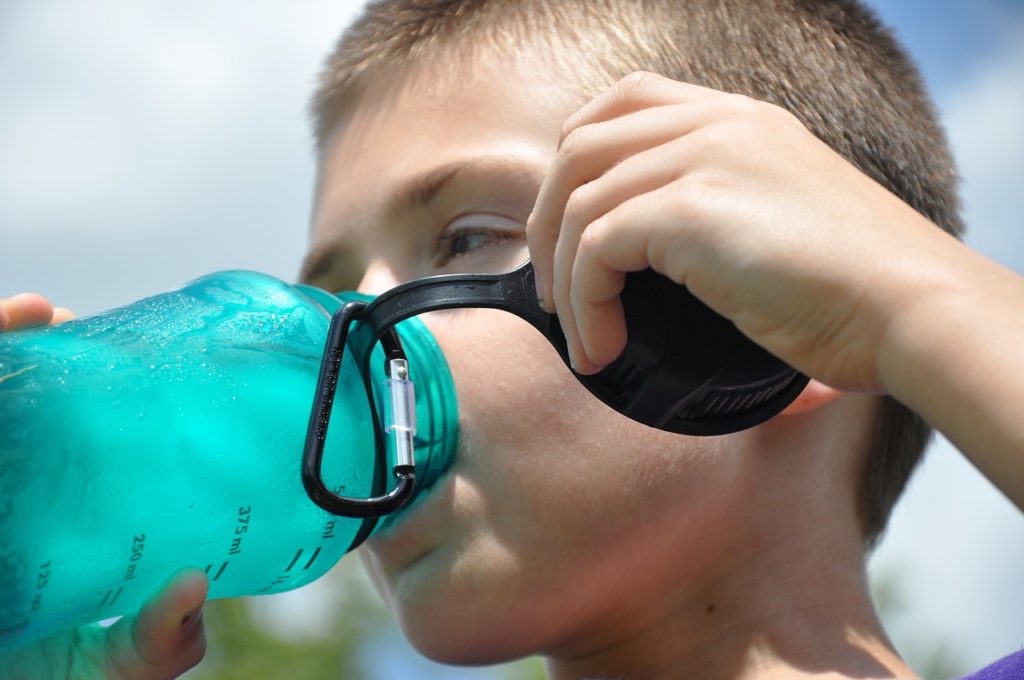In the quest for sustainable water resources, transforming sewage water into clean drinking water has emerged as a viable solution. This article explores the best practices and technologies employed in the recycling of sewage water, emphasizing the importance of efficient and reliable processes. From advanced filtration systems to thorough disinfection methods, the article delves into the key factors necessary to ensure the production of safe and high-quality drinking water from sewage sources. By adopting these best practices, communities can address the growing demand for freshwater while effectively managing wastewater resources.
Best Practices for Producing Clean Drinking Water from Sewage Water

1. Understanding the Challenges
1.1 Contamination and Health Risks
Producing clean drinking water from sewage water is a complex process that requires addressing various challenges. One of the primary concerns is contamination and the associated health risks. Sewage water contains a wide range of pathogens, chemicals, and pollutants that can pose a threat to human health if not properly treated. These contaminants include bacteria, viruses, parasites, pharmaceuticals, heavy metals, and organic compounds. It is crucial to implement effective treatment processes to remove or neutralize these contaminants and ensure the safety of the resulting drinking water.
1.2 Legal and Regulatory Considerations
Another significant challenge in recycling sewage water for drinking purposes is complying with legal and regulatory requirements. Governments and regulatory bodies have stringent guidelines in place to ensure the safety and quality of drinking water. These regulations often specify the maximum allowable concentrations of various contaminants and outline the necessary treatment processes. It is essential to understand and adhere to these regulations to ensure compliance and protect public health.
1.3 Public Perception and Acceptance
Public perception and acceptance are crucial factors that can impact the successful implementation of sewage water recycling projects. Many individuals have concerns and reservations about consuming water that was once sewage. Overcoming stigmas and addressing public concerns through education and outreach efforts is essential in gaining public acceptance. Building trust and confidence among the community about the safety and effectiveness of sewage water recycling processes is vital for the long-term viability of such projects.
2. Pre-Treatment Processes
2.1 Screening and Grit Removal
The pre-treatment processes of sewage water recycling involve the removal of large debris, such as sticks and plastics, through screening mechanisms. Additionally, grit removal is necessary to eliminate sand, rocks, and other heavy particles from the wastewater. These pre-treatment steps help protect downstream treatment facilities and equipment from damage and reduce the potential for clogging.
2.2 Primary Treatment
Primary treatment of sewage water typically involves physical processes aimed at removing larger suspended solids and reducing the organic load. Common primary treatment methods include sedimentation, flotation, and filtration. Sedimentation allows heavier particles to settle at the bottom of tanks, while flotation uses air bubbles to separate lighter solids. Filtration helps further remove suspended matter and improve water clarity.
2.3 Secondary Treatment
Secondary treatment is a biological process that focuses on the removal of dissolved and colloidal organic matter, as well as the reduction of biological oxygen demand (BOD) and nutrients like nitrogen and phosphorus. This process usually involves either activated sludge systems or attached-growth systems, such as trickling filters or rotating biological contactors. Activated sludge systems use aeration and microbial activity to break down organic matter, while attached-growth systems promote the growth of microorganisms on a medium to remove contaminants.

3. Advanced Treatment Technologies
3.1 Reverse Osmosis
Reverse osmosis (RO) is a widely used advanced treatment technology for purifying water. In the context of sewage water recycling, RO is effective in removing dissolved salts, minerals, and many contaminants, including pathogens. This process involves forcing water through a semi-permeable membrane, which prevents the passage of most contaminants while allowing pure water to pass. RO requires high pressure and energy consumption but provides a high level of purification and produces clean drinking water.
3.2 Ultraviolet Disinfection
Ultraviolet (UV) disinfection is a non-chemical method that is valuable for destroying microorganisms, including bacteria, viruses, and parasites, in sewage water. This technology uses UV light to damage the genetic material of microorganisms, rendering them unable to reproduce or cause harm. UV disinfection is highly effective, environmentally friendly, and does not alter the taste, odor, or color of the water. It is often used as a final step in the treatment process to ensure the complete removal of any remaining pathogens.
3.3 Ozonation
Ozonation is an advanced treatment process that involves the use of ozone gas to disinfect water and oxidize organic and inorganic contaminants. Ozone, a powerful oxidant, is generated on-site by passing electrical discharges through oxygen in a generator. It is effective in killing pathogens, breaking down complex organic compounds, and eliminating taste and odor issues. Ozonation offers several advantages, such as rapid treatment, minimal use of chemicals, and the ability to remove a wide range of contaminants.
3.4 Membrane Filtration
Membrane filtration technologies, including microfiltration, ultrafiltration, and nanofiltration, can be employed for the advanced treatment of sewage water. These processes use membranes with varying pore sizes to physically separate particles, microorganisms, and dissolved substances based on their size and charge. Membrane filtration is highly effective in removing suspended solids, bacteria, viruses, and other contaminants. It provides an additional barrier to ensure the production of clean drinking water.
4. Monitoring and Testing
4.1 Water Quality Parameters
Monitoring and testing the water quality throughout the sewage water recycling process is essential to ensure the effectiveness of treatment and compliance with regulatory standards. Key water quality parameters that should be monitored include turbidity, pH, dissolved oxygen, conductivity, total organic carbon, and the presence of specific contaminants. Regular monitoring of these parameters allows operators to identify any deviations from the desired quality and take appropriate corrective measures.
4.2 Microbiological Testing
Microbiological testing is critical in verifying the effectiveness of disinfection processes and evaluating microbiological risks associated with the recycled water. This involves testing for the presence of indicator organisms, such as coliform bacteria and E. coli, as well as specific pathogens of concern. The testing should be conducted at various stages of the treatment process, including before and after disinfection, to ensure consistent microbial removal and inactivation.
4.3 Chemical Analysis
Chemical analysis is essential to assess the concentrations of various contaminants in the recycled water. This analysis should include testing for chemical parameters, such as heavy metals, organic compounds, pharmaceuticals, and disinfection by-products. Regular chemical analysis helps ensure that the recycled water meets the required standards and poses no risks to public health. In addition, understanding the chemical composition of the recycled water enables the optimization of treatment processes to improve water quality.

5. Energy Efficiency Considerations
5.1 Energy Intensive Processes
Sewage water recycling processes can be energy-intensive due to the requirements of various treatment technologies. For example, advanced treatment processes like reverse osmosis and ozonation demand significant energy consumption. It is essential to assess the energy requirements of each process and explore strategies to optimize energy usage, such as employing energy-efficient equipment, optimizing operating conditions, and exploring alternative treatment technologies.
5.2 Renewable Energy Integration
Integrating renewable energy sources into sewage water recycling facilities can significantly enhance their sustainability and reduce environmental impact. Technologies like solar panels, wind turbines, and biogas generation can help supply the energy needed for treatment processes and offset the overall energy consumption. By embracing renewable energy, sewage water recycling facilities can reduce greenhouse gas emissions and contribute to a more sustainable water supply.
5.3 Energy Recovery from Waste
An innovative approach to increasing energy efficiency in sewage water recycling is recovering energy from waste streams. By capturing and utilizing the energy contained in sewage sludge or other waste products generated during the treatment process, facilities can reduce their reliance on external energy sources. Methods such as anaerobic digestion or thermal processes can convert organic matter into biogas or heat, which can then be used to power various components of the treatment process.
6. Residuals Management
6.1 Sludge Treatment and Disposal
As sewage water is treated, solid residues like sludge are generated and require proper management. Sludge treatment typically involves processes such as dewatering, stabilization, and drying to reduce volume and improve handling. The treated sludge can then be beneficially used, such as in agriculture as soil conditioner or energy generation through anaerobic digestion. Proper sludge management is vital to minimize environmental impact and ensure compliance with regulations.
6.2 Resource Recovery
Sewage water recycling can go beyond producing clean drinking water and also enable the recovery of valuable resources. Technologies like nutrient recovery systems or phosphorus and nitrogen extraction processes can help capture and reuse essential nutrients present in sewage water. Additionally, novel approaches are being explored to recover energy and chemicals from sewage, further enhancing the sustainability and economic viability of the overall process.
6.3 Ecological Impact Assessment
The implementation of sewage water recycling projects should include a comprehensive ecological impact assessment to evaluate the potential effects on the surrounding environment. This assessment should consider factors such as the discharge of treated wastewater into natural water bodies, the impact on aquatic ecosystems, and the potential for eutrophication. By assessing and mitigating any ecological risks, sewage water recycling facilities can operate in an environmentally responsible manner.
7. Case Studies
7.1 Singapore’s NEWater
Singapore’s NEWater is an exemplary case of successful sewage water recycling for drinking purposes. Through advanced treatment processes like microfiltration, reverse osmosis, and ultraviolet disinfection, sewage water is transformed into ultra-clean, high-quality drinking water. NEWater has gained widespread acceptance and trust from the public, thanks to extensive public education and strict adherence to regulatory standards. The success of NEWater has significantly enhanced Singapore’s water resilience and sustainability.
7.2 California’s Water Replenishment District
The Water Replenishment District (WRD) in California has implemented innovative sewage water recycling practices to address water scarcity challenges. Through a comprehensive treatment process, which includes advanced oxidation, reverse osmosis, and ultraviolet disinfection, sewage water is purified to meet stringent water quality standards. WRD has effectively utilized public education and outreach programs to gain public acceptance and promote the reuse of sewage water as a viable water source for drinking, irrigation, and industrial applications.
7.3 Namibia’s Goreangab Reclamation Plant
Namibia’s Goreangab Reclamation Plant is one of Africa’s pioneers in sewage water recycling. This facility has been in operation for several decades and uses a multi-step treatment process, including biological treatment, dual-media filtration, reverse osmosis, and UV disinfection. The Goreangab Reclamation Plant has been instrumental in addressing water scarcity challenges in Windhoek, Namibia’s capital city. The plant produces high-quality drinking water that meets regulatory requirements and has gained recognition for its sustainability and resourcefulness.
8. Economic Viability
8.1 Cost Factors
The economic viability of sewage water recycling projects depends on various cost factors. These include capital investment for infrastructure, energy consumption, operation and maintenance costs, and the cost of complying with regulatory standards. While sewage water recycling may initially involve higher costs compared to conventional water treatment methods, the long-term benefits, such as water security and resource recovery, can provide significant economic advantages.
8.2 Return on Investment Analysis
Conducting a return on investment (ROI) analysis is crucial for assessing the financial viability of sewage water recycling projects. This analysis evaluates the costs involved, the potential savings in water supply costs, and the revenue generated from resource recovery. By considering the long-term benefits and potential revenue streams, stakeholders can determine the feasibility of investing in sewage water recycling and make informed decisions.
8.3 Funding Mechanisms
Funding sewage water recycling projects can be challenging due to the substantial initial capital investment required. However, various funding mechanisms are available to support such projects. These include government grants, subsidies, public-private partnerships, and innovative financing models like water infrastructure bonds. By leveraging these funding mechanisms, municipalities and organizations can overcome financial barriers and ensure the successful implementation of sewage water recycling projects.
9. Health and Safety Measures
9.1 Pathogen Removal
Ensuring the removal of pathogens is a critical component of sewage water recycling for drinking water production. Advanced treatment technologies like UV disinfection, ozonation, and membrane filtration play a crucial role in eliminating or inactivating various pathogens, including bacteria, viruses, and parasites. Regular monitoring and testing for indicator organisms and specific pathogens help verify the efficacy of treatment processes and ensure the safety of the recycled water.
9.2 Chemical Contaminant Elimination
Apart from pathogens, sewage water often contains a wide range of chemical contaminants that pose health risks. Effective removal of these contaminants is essential to produce clean drinking water. Processes such as activated carbon adsorption, ozonation, and reverse osmosis are effective in removing or reducing the concentrations of chemicals of concern, including pharmaceuticals, organic compounds, and heavy metals. Stringent monitoring and chemical analysis are necessary to verify the elimination of these contaminants.
9.3 Risk Management Protocols
Implementing comprehensive risk management protocols is crucial to ensure the health and safety of individuals consuming recycled sewage water. These protocols should include regular monitoring and testing, adherence to regulatory standards, contingency plans for equipment failure or emergencies, and ongoing assessment of potential risks. By proactively identifying and mitigating risks, sewage water recycling facilities can operate in a safe and sustainable manner.
10. Public Education and Outreach
10.1 Community Engagement
Public education and community engagement are integral to the successful implementation of sewage water recycling projects. Engaging with the community through open dialogues, public meetings, and educational campaigns helps address concerns, dispel misconceptions, and build trust. Providing transparent information about the treatment processes, safety measures, and the benefits of sewage water recycling fosters public understanding and acceptance.
10.2 Communication Strategies
Developing effective communication strategies is essential in conveying accurate information about sewage water recycling to the public. Clear and concise messaging, supplemented by visual aids, can facilitate comprehension and alleviate concerns. Utilizing multiple communication channels, such as websites, brochures, social media platforms, and public presentations, allows for broader outreach and engagement. Regular communication about water quality testing results and success stories can help build confidence among the public.
10.3 Overcoming Stigmas
Overcoming stigmas associated with drinking water produced from sewage water is an ongoing challenge. Education and outreach efforts should focus on dispelling myths, providing scientific evidence of the safety and effectiveness of the treatment processes, and showcasing successful case studies of sewage water recycling. Involving key stakeholders, including community leaders and influential figures, can help promote the message of the importance and benefits of recycling sewage water for drinking purposes.
In conclusion, implementing best practices for recycling sewage water to produce clean drinking water requires a comprehensive understanding of the associated challenges and the application of appropriate treatment technologies. By addressing contamination and health risks, complying with legal and regulatory considerations, and actively engaging with the public through education and outreach, sewage water recycling projects can successfully provide a sustainable source of clean drinking water. With advancements in treatment technologies, monitoring and testing protocols, and a focus on energy efficiency and resource recovery, sewage water recycling can be a viable solution to water scarcity challenges while ensuring public health and environmental sustainability.



